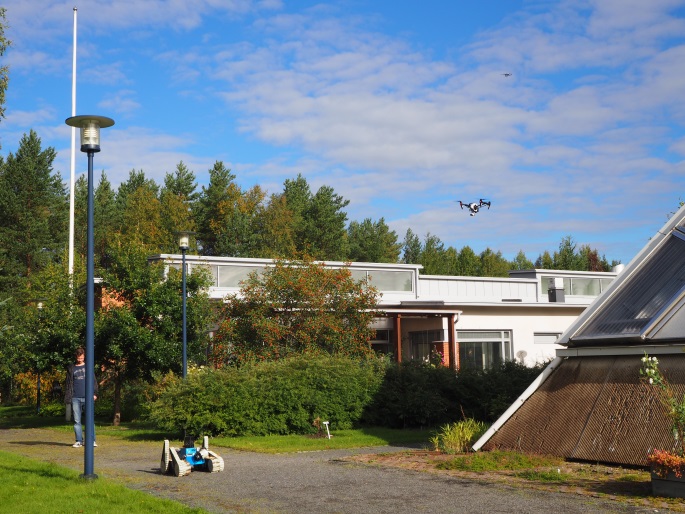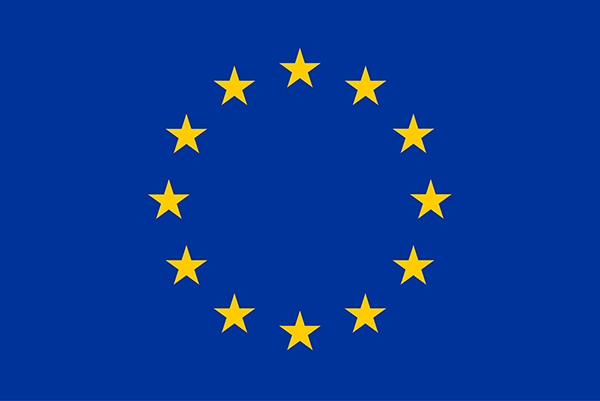
The ERL Emergency / TRADR summer school on Heterogeneity in Robotics Systems was held at University of Oulu’s facilities in Oulu (Finland) from the 22nd to the 26th August 2016. The summer school was jointly organised by the University of Oulu, the University of the West of England, Bristol, and TRADR EU-FP7 project.
The trend in this area is going towards multi-robot systems with different outfits, processing powers and operation spaces (ground, water, air) that shall be deployed over long periods and several sorties. This raises many challenges, including multi-modal heterogeneous mapping, semantic analysis and reasoning, (collaborative) planning under uncertainty.
The summer school program consisted of lectures on these topics, and hands-on sessions during which the participants work on practical tasks using several robots with different sensory equipment. The intended audience were undergraduate students, Master students, PhD students, postdoc students, researchers from universities/organizations and engineers from industry companies around the world.
To complete the academic program of the summer school, six speakers were invited to give a lecture to the attendees on different topics. As a reaction to the feedback given in the 2015 summer school, the total amount of lectures was lowered to give the students more time for practical exercises.






